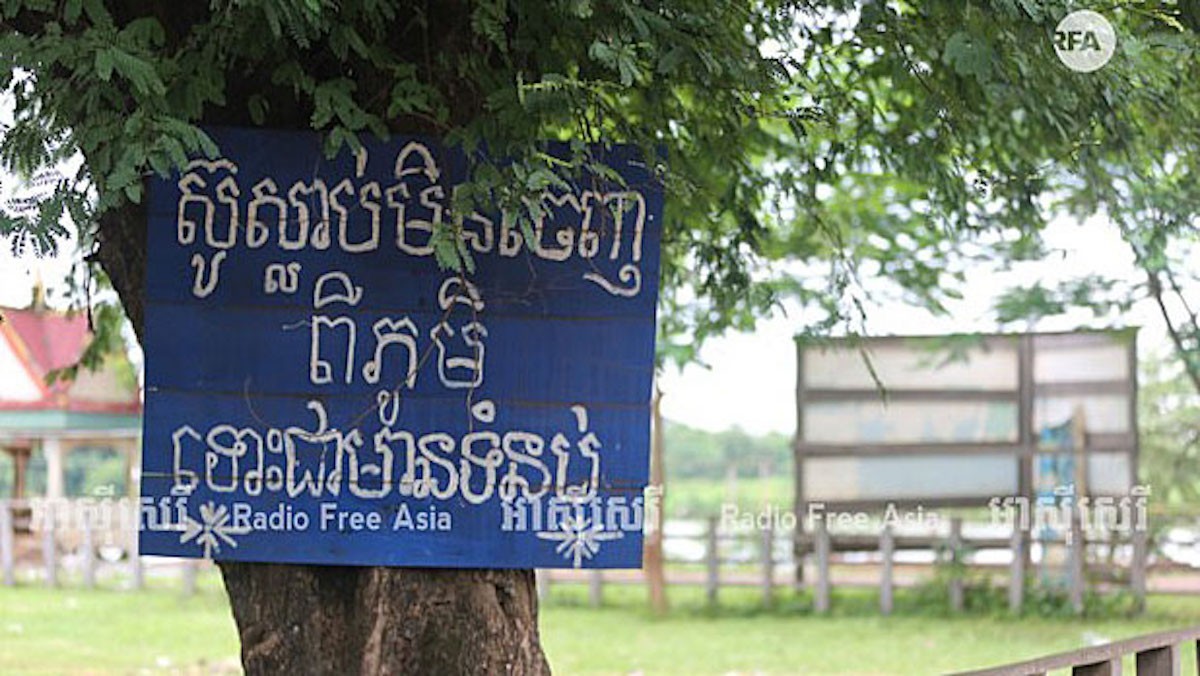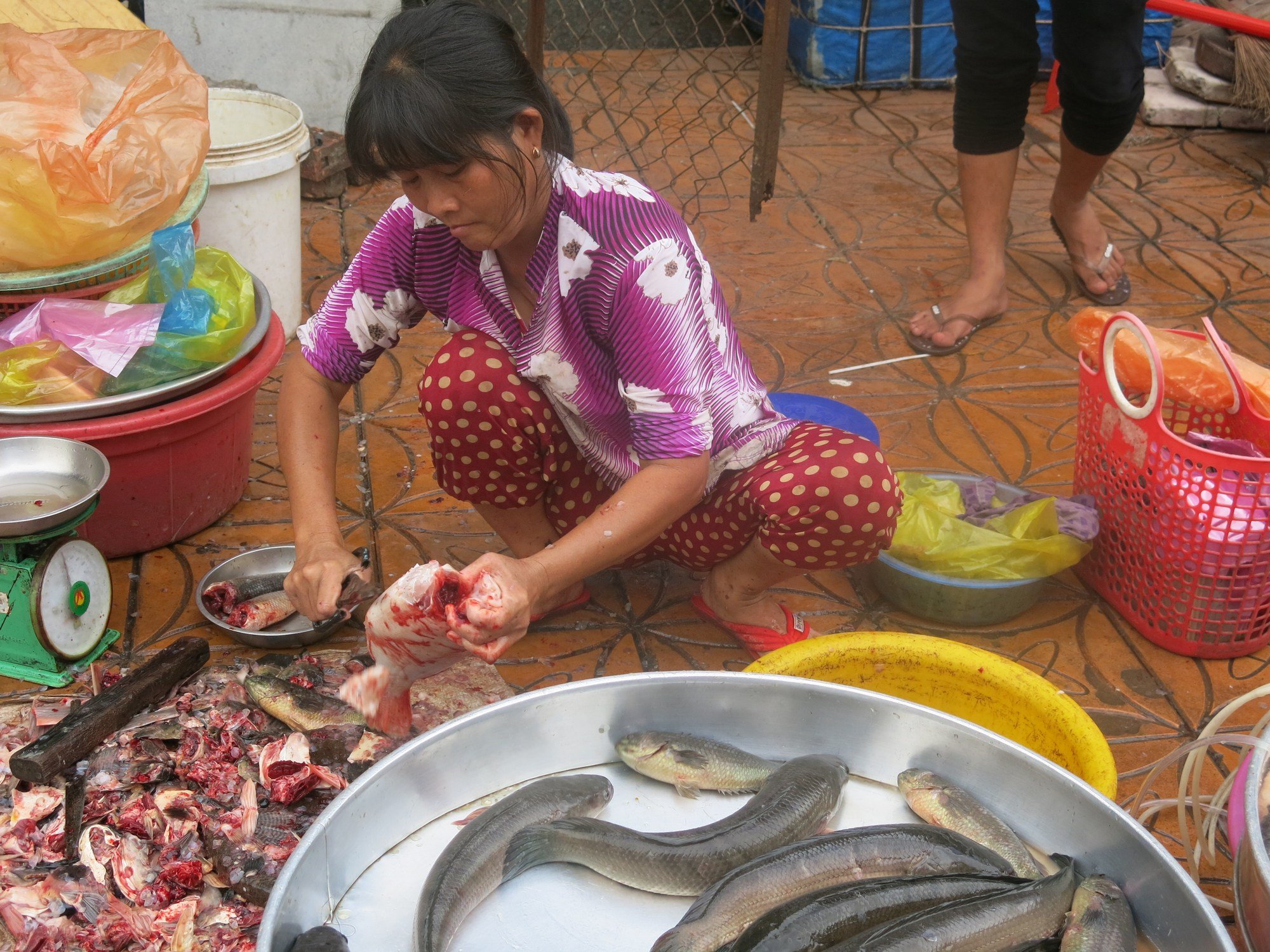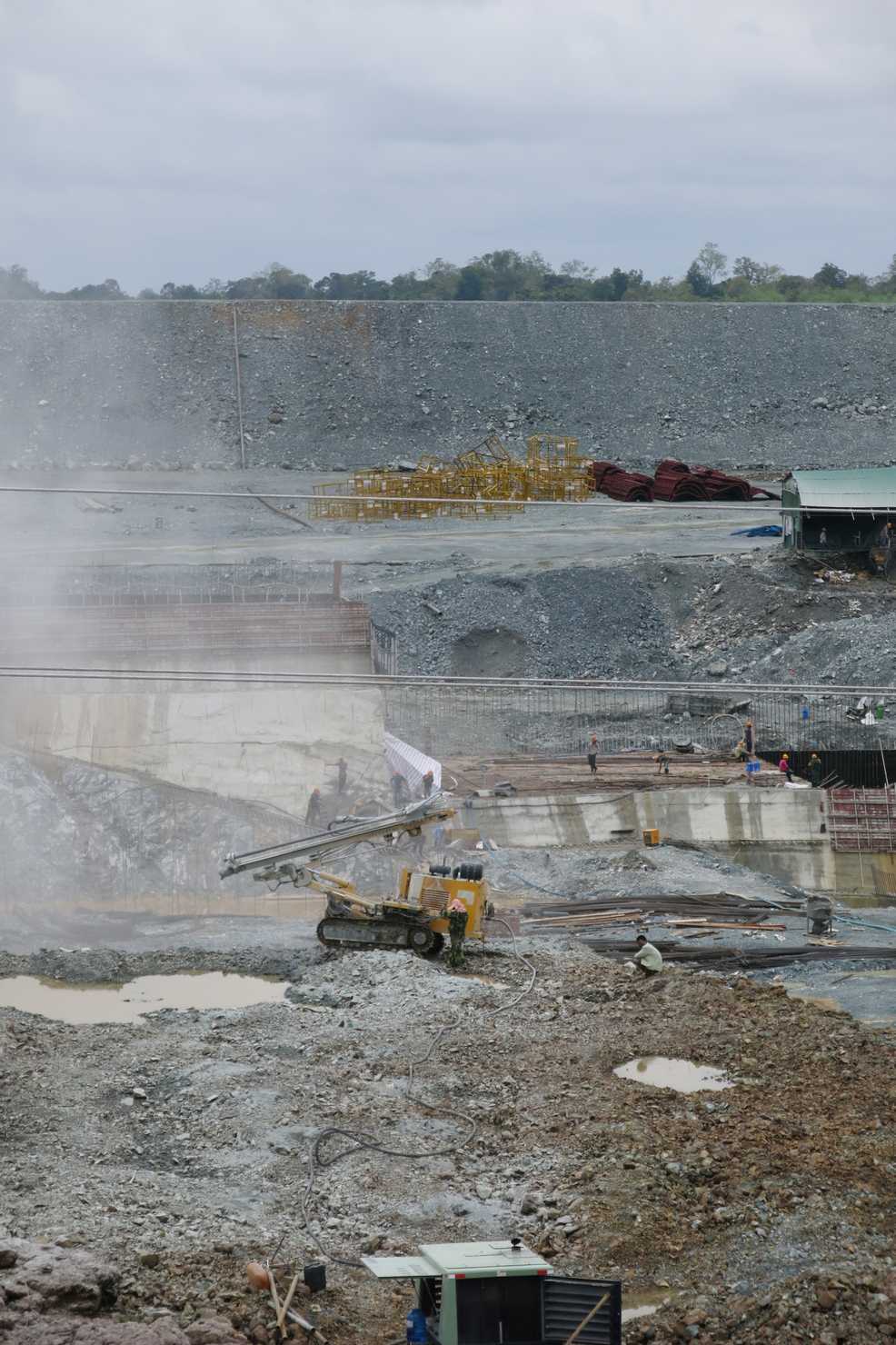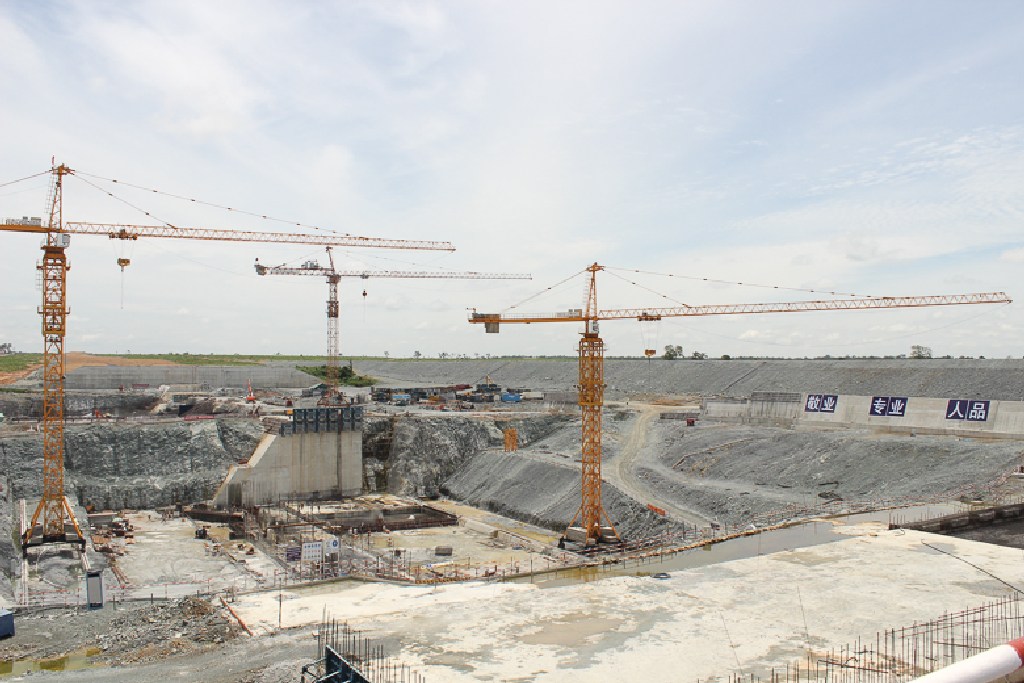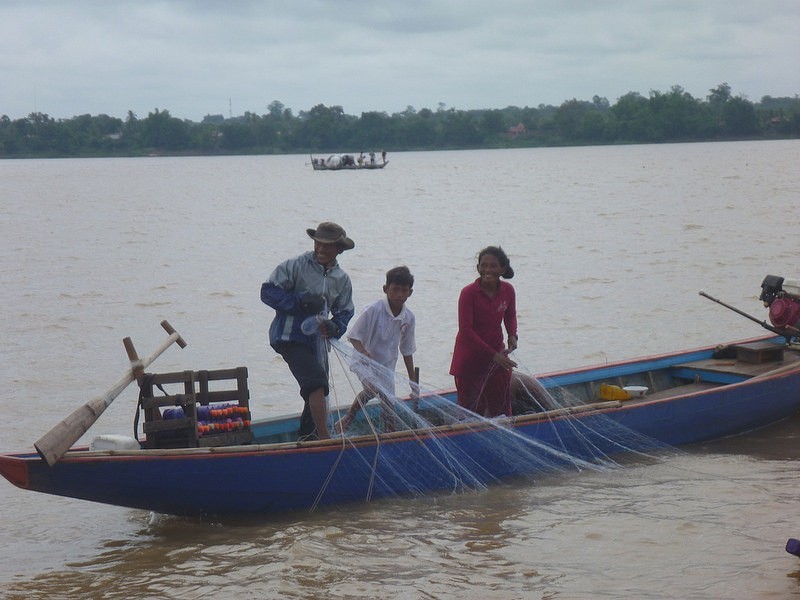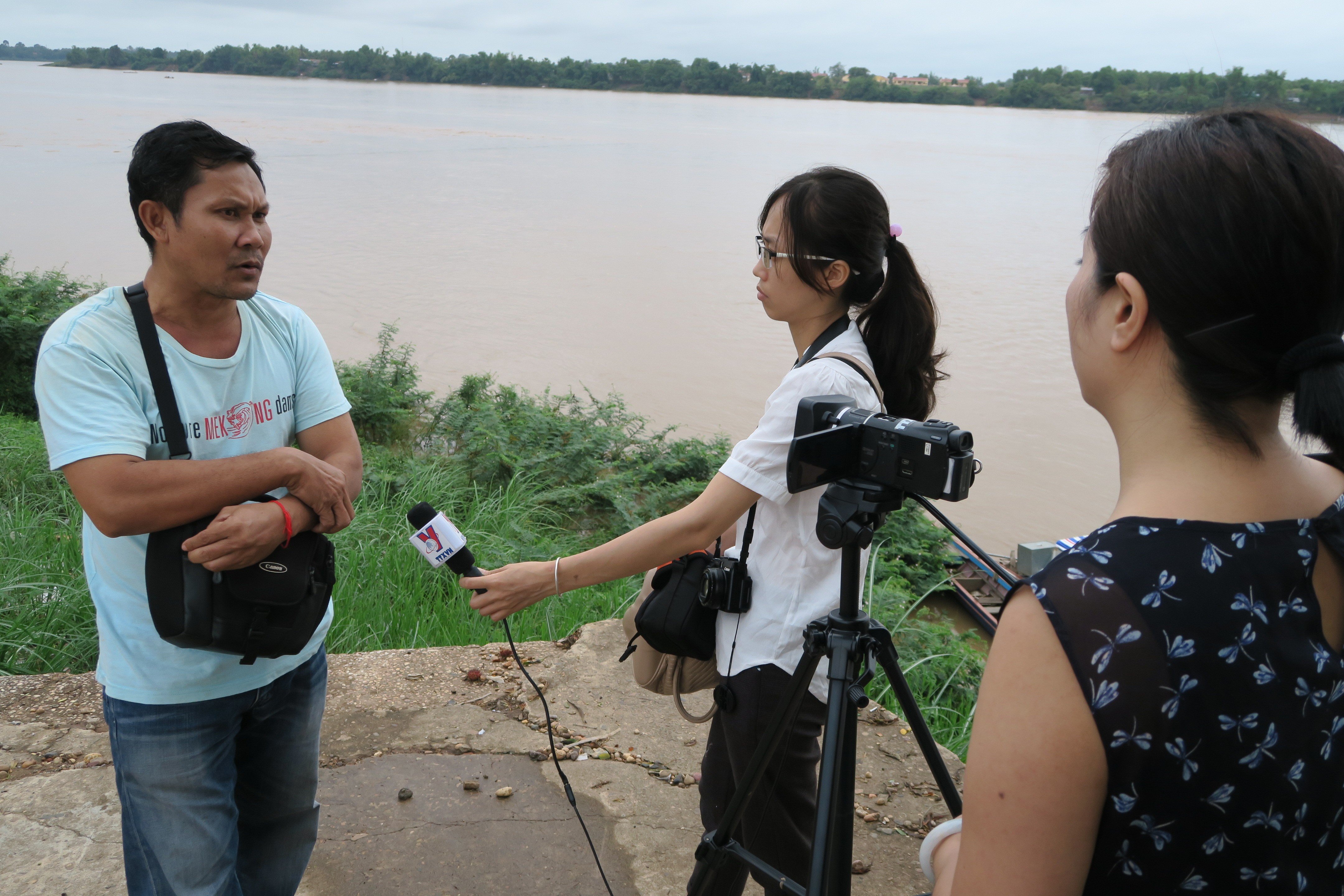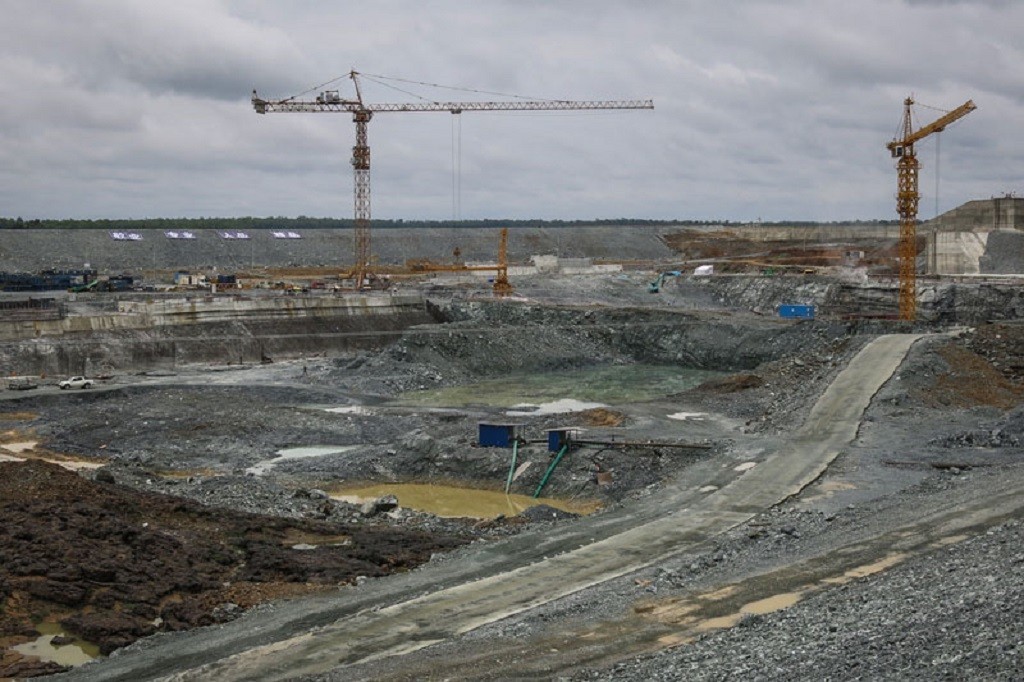A test of floodgates in Cambodia’s Sesan II Dam looks set to flood two downstream villages, with more than 100 families vowing not to leave after refusing offers of compensation.
Tag: Stung Treng
Harnessing Sesan river (Part 6): Dam and fish in Samse river basin
The image of fishermen casting fish nets from their small wooden boats while others throwing bits of catfish meat into the river before using small baskets made of bamboo to catch small fish has been a commonplace in Jalai islet in mid Mekong river in Satung Treng province.
Jalai islet is about 25 kms from the lower Sesan II dam. This is the passageway of fish species that swim upstream from Tonle Sap and the lower Mekong river for spawning in the upper Mekong river and its tributaries which include Sekong, Seprok and Sesan which altogether form the Samse river basin.
Controversial Cambodia dam goes ahead despite concerns
IMPLEMENTATION of the Lower Sesan 2 (LS2) hydropower project in northeast Cambodia is underway despite civil society organisations and local residents expressing concerns over possible serious impacts on the environment and natural resources.
Locals differ on impacts from Cambodia dam project
Cambodia’s Lower Sesan 2 (LS2) hydropower project brings about concerns to the locals, either those refusing to move or those accepting the resettlement deals. According to the project’s environmental impact assessment report, 4,785 people from seven villages must relocate from four communes in the reservoir area. It is estimated that 78,000 people upstream would lose access to migratory fish, and 22,000 people immediately downstream would be negatively affected by changes in river hydrology, water quality and fish numbers.
Lower Sesan 2 Dam jeopardizes lives of millions of Cambodia’s river dwellers
With an increasing need for energy, the Royal Cambodian Government has spent nearly a billion US dollars on a hydroelectric dam that it claimed was necessary for industry. However, the real social and economic cost of the dam, which will flood an area equivalent to a small province and submerge thousands of families’ houses, might far exceed its construction cost as it might deprive millions of Cambodians of their most important food staple.
Southeast Asian Journalists Explore Dams and their Impacts
Hydropower development is racing across Southeast Asia’s Mekong region, and Internews’ Earth Journalism Network (EJN) is helping journalists investigate the costs and benefits for the environment and communities. As part of the USAID-sponsored Mekong Partnership for the Environment (MPE) program, EJN supported 15 journalists to meet researchers, affected communities, Cambodian government officials and local NGOs in a workshop last week, “Understanding Energy: The Benefits and Costs of Hydropower”, focusing on hydropower dams in Cambodia.
Gov’t Sweetens Deal for Sesan Dam Families
As work moves ahead on the controversial Lower Sesan 2 dam in Stung Treng province, the Ministry of Mines and Energy met Tuesday with representatives of more than 250 families still refusing to make way for the dam’s reservoir.


